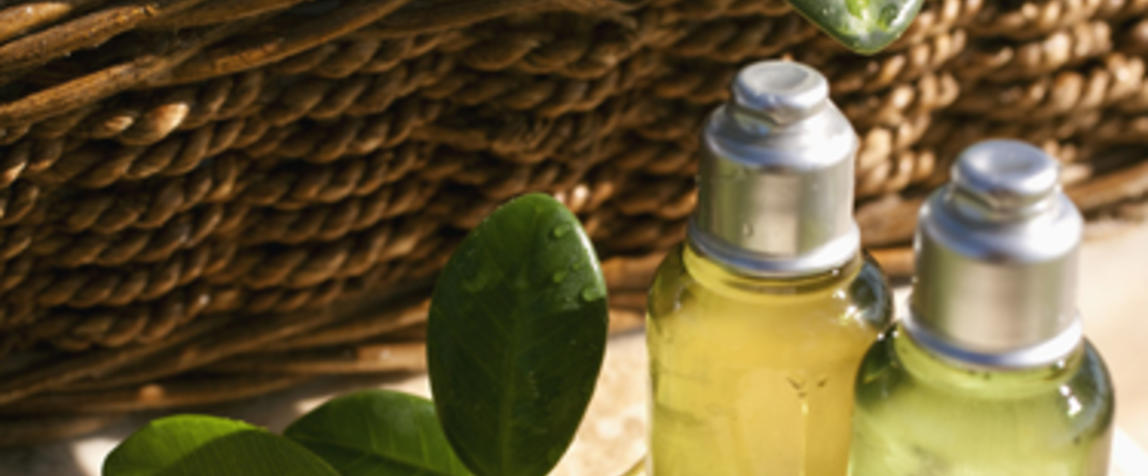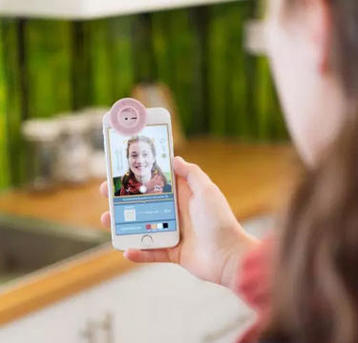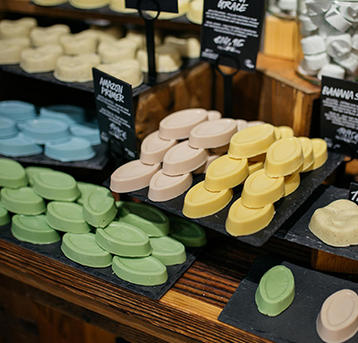The beauty industry has been impacted by countless evolutions over the past few years. The acceleration of Instagram and the ever-expanding environmental conscience are just two of the epic disruptions that brands have been challenged with adapting to.
According to an article by Business Wire, the beauty industry is expected to reach $US675 billion in value by 2020, so brands will need to roll with the punches if they're to keep up with competition.
When predicting 2019 trends in beauty, most research houses have landed on the same mandate: listen to what the customer wants. That might seem glaringly obvious but with such rapidly shifting consumer preferences, it can sometimes be hard to identify.
Here are just some of the key trends that beauty brands in Australia and New Zealand should be tuned in to over the next 12 months.
The unfolding sustainability factor
As Elisabeth King wrote in her January 7 business column, sustainability has been a key trend for the last few years, but in 2019 'sub-zero waste' will be, "a movement towards a ground-shaking new archetype for the beauty and personal care industry."
It also looks as if 2019 will be the year people will stop taking water in beauty products for granted. Mintel's report on beauty and personal care trends, reveals we are already seeing product offerings that require little, or no water to function. For example, cleaning and treatment face powders that only require a splash of water to transform into rich creams or lathers.
Companies are also making efforts to reduce the use of water when manufacturing their products. In the US, Pinch of Colour is the first waterless cosmetic company, and Glosslab offers waterless pedicures.
Taking water out of beauty products and salons not only provides environmental benefits, but it also means products can be formulated without preservatives and parabens.
A philanthropic focus
Similarly, in 2018 consumers increasingly expected brands to "take a stand". As we become more educated about what that might look like, it's vitally important that a brand's ethics and actions match.
In Australia, 81% of women believe it's important for brands to take a public stand on social issues, while 73% are more likely to buy from a brand if their stance of social issues align with their own.
When it comes to fair trade beauty, it may come as no surprise that younger adults – Gen Z and Gen Y – are more likely to be drawn to these products.
On the beauty menu
As well as looking at external factors like philanthropy, consumers are also looking inward and taking a more holistic approach to beauty (we're a busy lot!) Wellness has become ingrained in the lives of many young New Zealanders and Australians – and the category will continue to help boost beauty sales, particularly skincare, in 2019.
When it comes to looking after our bodies, over half of Australian women have changed their diet as part of their beauty regime (i.e. drinking more water, avoiding junk food, cutting out sugar, including more fruit and veg). 1 in 7 take supplements to help with their beauty. Note: Millennials have a higher action in both the aforementioned.
Almost 1 in 5 (17%) of Australian women agree that they would buy a food or drink product that claimed to nourish or improve their skin, and this drastically increases to 60% for Gen Z.
Targeting consumers post-treadmill
Post-workout beauty products certainly had their share of the spotlight in 2018 (Clinique's Fit range got glowing reviews). Products and experiences will continue to be associated with health, fitness and wellness in 2019 too.
In the US, post-workout beauty products are becoming just as important as the workouts themselves. Boutique fitness studios like Barry’s Bootcamp started offering Oribe hair and body products in its changing rooms. SoulCycle stocked up on Le Labo products, while Equinox has been providing members with Kiehl's in its luxury gyms since 2009.
Just as bathrooms have become a place for some seriously stylish content – free beauty products in gyms serve as an attractive (and Instagrammable) amenity.
This type of offering hasn't hit the mainstream in Australia and New Zealand yet, but we've seen others ways in which gyms are beginning to bridge the gap between fitness and wellness.
At the end of last year Shelter – a hybrid workout and wellness centre – opened in Double Bay, Sydney. Combining spin classes with a smoothie bar, ice bath and sauna – with no membership associated – makes for a thoroughly modern way to workout. It helps that the building is decked-out in a minimalistic colour palette of whites, pastels and neutrals, making it a Instagrammers dream.
Sources: LSN: Future Laboratory: Future Forecast 2019, LSN: Future Laboratory: Beauty Futures 2018, Bauer Beauty by Generations, 2017, CB Insights. 2018, McKinsey Insights, Bauer Tampon Tax, 2018, Mintel Beauty and Personal Care Trends 2025.
This article was written for BDAU by Georgie Haigh




